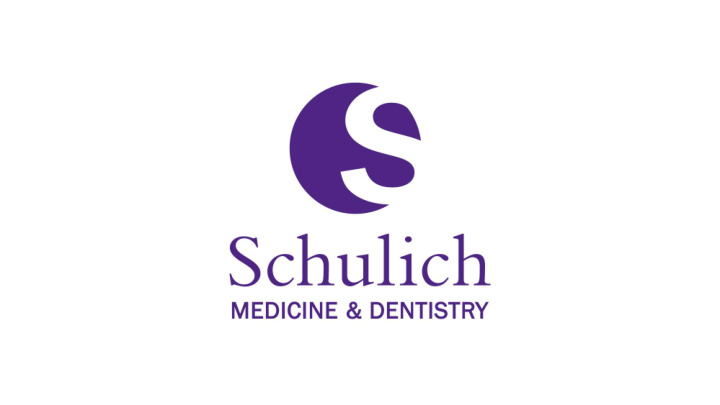



Using the Delphi process to conduct a needs assessment in the Department of Anesthesia & Perioperative Medicine Dr. Valerie Schulz . Associate Dean, Continuing Professional Development, Schulich School of Medicine & Dentistry, Western University.
Disclosure Faculty: Dr. Valerie Schulz Relationships with Financial sponsors: • Grants/Research Support: 1. AMOSO Grant, Schulich School of Medicine & Dentistry 2. MOTP Transplant Research Fund. • Speakers Bureau/Honoraria: • Consulting Fees: • Patents: • Other:
Overarching Project Goals Identify educational needs of Anesthesia & • Perioperative Medicine faculty based on expert opinion and learner self-reports to influence future internal CPD initiatives for a diverse set of physicians in practice. Slide #1
Project Objectives/Phases Phase 1 : Educational topics for “ A Night On-Call ” • Phase 2 : Online Delphi of Anesthesiology experts • Phase 3 : Online survey for all Anesthesiology faculty • Phase 4 : [In Progress] Deliver personalized reports to all • participants highlighting topics of strength, and topics where educational opportunities exist. Slide #2
Phase 1 Methodology : Committee meeting with subspecialty • experts (faculty/educators) in the department of Anesthesia & Perioperative Medicine Outcomes : A finalized list of 36 topics (formatted as • learning objectives) for the surveys to follow. Theme : “A Night On - Call” • Slide #3
Phase 2 & 3 Methodology : Using our Delphi survey platform, conducted a • 2-round expert survey (N = 10), followed by a Qualtrics survey for learners (N = 34) on the 36 Topics previously identified ( In Phase 1 ). Outcomes : • Expert Delphi: Topics scored on expected ability. Learner Qualtrics: Self-reported for ability, desire to learn, and frequency of clinical encounters for each topic. Comparisons between these two surveys allowed for • prioritization of educational needs with regards to the 36 topics. Slide #4
Survey Methods Delphi : Multiple round Expert survey, repeat questions & displays average from previous round ( Grey triangle ) – Promotes consensus for topic scores. Communicate effectively when only allowed 7 slides… Ex. Qualtrics : Typical online survey (all faculty) – Ability, Frequency of clinical encounters, and desire to learn from additional educational opportunities. Ex. Slide #5
Results Large Educational Gap 0.8 Realize your role following a Significant complication (or death) (Expert Expectation - Mean learner score) 0.6 Employ point of care ultrasound (POCUS) to enhance patient care Manage the "can't intubate, can't ventilate" scenario 0.4 0.2 Gap score Additional interesting results: Minimally Desired --------------------------------------------------------------Highly Desired 0 1 1.5 2 2.5 3 3.5 4 4.5 5 • Obstetrical topics were deemed low in educational gap and desire to learn. -0.2 • Existing educational efforts may be sufficient and effective! • Topics that suit simulation-based education were highly desired (I.e. Emergency -0.4 scenarios) -0.6 Absent Educational Gap -0.8 Slide #6
Future Directions Results aim to inform departmental education strategies • for residents and faculty members Phase 4 (Incomplete): ~50% of participants requested • a personalized report of outcomes Personalized CPD • Potential for more needs assessments to support CPD • across many other departments at Western University. Slide #7
Thanks for listening! Slide #8?
Recommend
More recommend